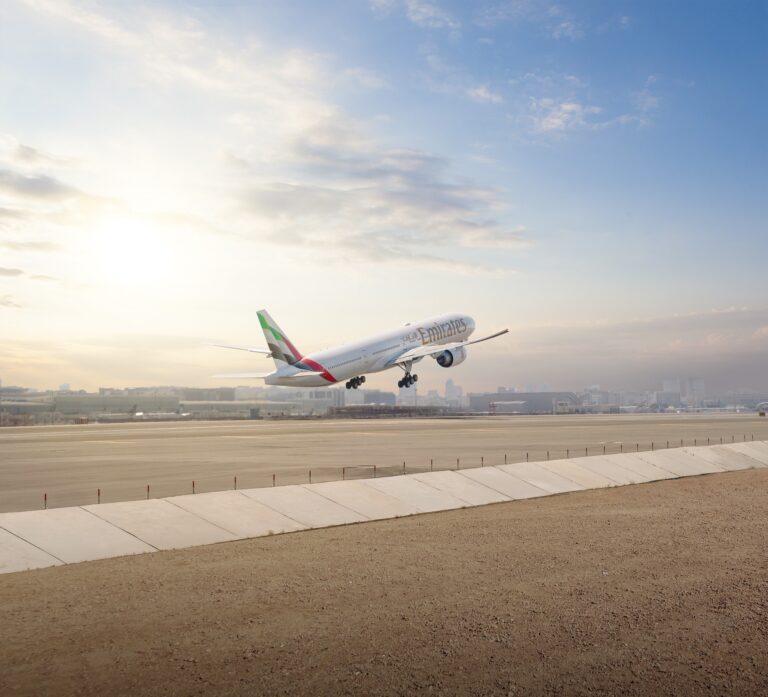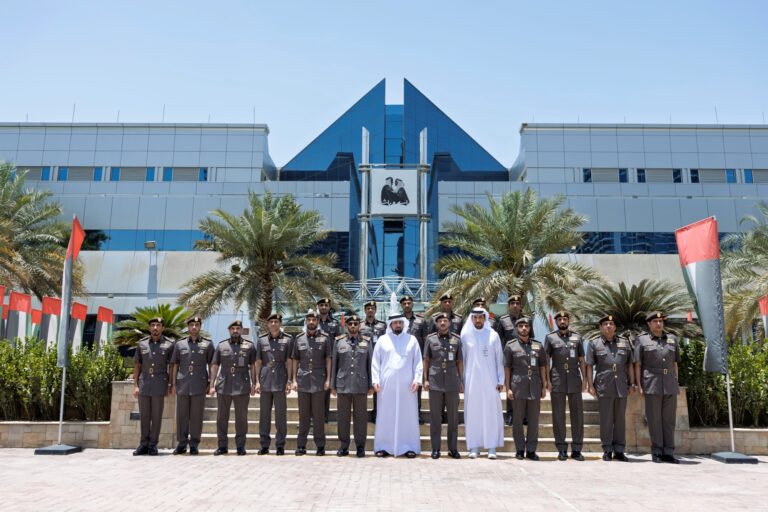India has lifted several pollution manage measures imposed to combat the worsening air fine in its northern region, especially in Delhi, wherein air excellent has shown improvement. The easing of restrictions comes as smog has cleared, making way for blue skies and a “moderate” air first-class index (AQI) reading of 165 on Thursday. The decision follows the development in air great, which had compelled the authorities to put in force several drastic measures ultimate month to defend the general public from the unsafe pollutants ranges.
In the face of a surge in AQI levels last month, Delhi’s government had been compelled to take stringent steps, including the closure of schools, a ban on a few production activities, and the directive for workplaces to permit 50% of employees to earn a living from home. These measures had been geared toward reducing exposure to poisonous air, which had reached unsafe levels. India’s Central Pollution Control Board (CPCB) categorizes AQI ranges on a scale of 0 to 500, with readings from 0 to 50 being considered “good” and readings above four hundred labeled as “extreme.” An AQI stage above four hundred is thought to pose a severe threat to the general population, mainly people with pre-present health conditions.
The Commission for Air Quality Management, a central authority frame responsible for air high-quality within the countrywide capital vicinity, introduced that regulations would be eased because the air exceptional advanced. They referred to the winning air best traits, favorable meteorological situations, and climate forecasts as reasons for relaxing the restrictions. However, certain pollution manage measures will continue to be in vicinity to display and address ongoing pollution. These measures encompass mechanical sweeping of roads, synchronized visitors alerts, and accelerated car parking prices to deter the use of personal automobiles. These moves are meant to help mitigate pollutants levels and maintain air exceptional, which has stepped forward however remains a situation.
The easing of regulations got here simply hours after India’s Supreme Court, which has been actively concerned in monitoring pollution degrees and ensuring the implementation of pollution manipulate measures, accredited the Commission for Air Quality Management to relax the restrictions. However, the courtroom emphasized that those measures could be reintroduced if AQI ranges pass the edge of 350, that’s labeled as “very bad” and poses a severe risk to humans’s health.
Despite the improvements in air fine, forecasts for the approaching days propose that the air exceptional in Delhi is likely to go to pot again. According to the Ministry of Earth Sciences, the AQI inside the city is expected to get worse on Friday and continue to be negative thru the relaxation of the week. The AQI is projected to fall among 201 and three hundred, indicating “bad” air high-quality. This is a motive for issue, as such degrees of pollutants are known to seriously impact the fitness of sensitive people, which includes kids, the elderly, and people with respiratory situations.
Delhi is notorious for its intense pollution ranges, specifically for the duration of the wintry weather months. The city is regularly engulfed in smog, as cold climate conditions entice emissions from numerous assets, such as car exhaust, commercial pastime, and seasonal crop-burning in neighboring states like Punjab and Haryana. The stubble-burning problem, where farmers burn leftover crops after harvesting, contributes to a big portion of the pollution inside the capital. These burning practices, mixed with adverse weather conditions, create a toxic blend of pollution that have an effect on thousands and thousands of humans living in Delhi.
The severity of Delhi’s air pollutants disaster is underscored by its ranking because the maximum polluted capital city inside the global for 4 consecutive years, consistent with the Swiss-based totally air nice era corporation IQAir. The city’s air pollution is not simply an environmental trouble however a public fitness disaster, as a huge range of residents suffer from respiration and cardiovascular sicknesses, annoyed through extended exposure to harmful pollution.
The Indian authorities has been operating on long-term answers to cope with the basis reasons of air pollutants in Delhi and different cities across the country. These solutions encompass efforts to diminish vehicular emissions, promote cleaner commercial practices, encourage using renewable power assets, and reduce stubble burning. However, the air first-rate stays a urgent problem, specifically in city facilities like Delhi, in which pollutants degrees regularly exceed secure limits.
While the temporary easing of regulations affords some alleviation to residents, the continued venture of tackling air pollution remains. The government have recounted that the state of affairs requires non-stop monitoring and intervention, in particular all through the wintry weather months whilst pollution degrees are at their maximum. Public health officers also are calling for more lengthy-term and sustainable solutions to enhance air exceptional, along with stricter policies on emissions and the adoption of cleaner technology.
As India continues to grapple with the air pollution disaster, the situation in Delhi highlights the urgent want for powerful action at both the governmental and individual levels. While the current development in air satisfactory offers a glimpse of desire, a good deal more needs to be carried out to make sure that Delhi’s residents can breathe clean air 12 months-spherical. The government’s dedication to implementing measures to lessen pollutants and enhance air first-class is crucial, however the broader trouble of climate exchange, which exacerbates the pollution problem, have to additionally be addressed thru worldwide cooperation and concerted efforts to reduce carbon emissions.
In conclusion, even as Delhi has seen a temporary improvement in air satisfactory, the city remains susceptible to high pollution degrees, mainly in the course of the colder months. The easing of restrictions presents some relief, however long-term solutions are critical to make sure that future generations can live in a purifier, healthier environment. The conflict against air pollution in Delhi is a long way from over, and the metropolis need to hold its efforts to reduce emissions, put into effect rules, and promote sustainable practices to guard the fitness of its residents.


















+ There are no comments
Add yours